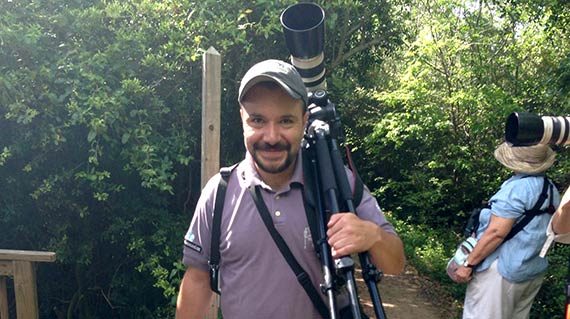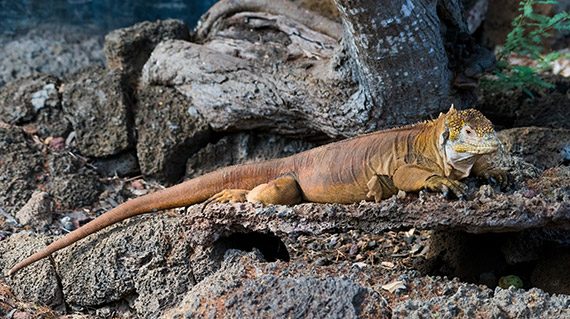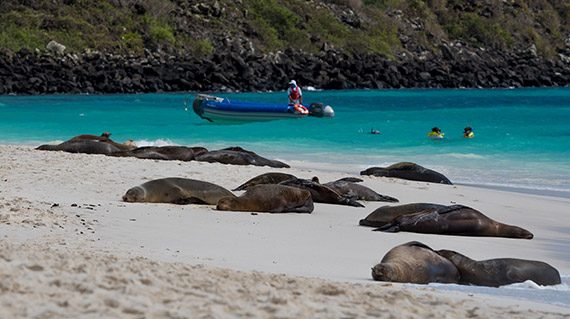
Your Guide: Galo Real
Tours: Galapagos Islands: Birding Ecotours (Worldwide)
Just 483 years ago the first man stepped onto the Galápagos Islands and marveled at this living laboratory. Today we continue to be awestruck by this constantly changing archipelago. As the Nazca Plate moves and new islands are formed, evolution is illustrated up close and personal. Visiting the Galápagos archipelago is a dream for all naturalists.
From Quito we will fly to the island of Baltra. We then will make our way to our home for the next eight days, the Samba, a spacious and luxuriously designed motor sailing yacht with wide open and shaded sun decks, a fully stocked bar, and a library. The abundant marine life that visits these waters year-round, the Marine Iguanas that rule the rocky coastlines, and of course a unique group of birds make it easy to understand why this trip is a must for birders and natural history buffs.
Some of the Galápagos specials that we hope to find on this trip include Galapagos Penguin, Waved Albatross, Galapagos Shearwater, Wedge-rumped and Elliot’s Storm Petrels, Magnificent Frigatebird, Nazca, Red-footed, and Blue-footed Boobies, Lava Heron, Galapagos Hawk, Lava Gull, Galapagos Martin, Galapagos Flycatcher, Vermilion Flycatcher, Galapagos, Floreana, San Cristobal, and Espanola Mockingbirds, Vegetarian Finch, Woodpecker Finch, Common Cactus Finch, Green Warbler-Finch, Large and Small Tree Finches, Small and Medium Ground Finches, and Mangrove Finch.
Duration: 12 days
Limit: 4 – 14
Date: 13 – 24 October 2025
Start: Quito, Ecuador
End: Quito, Ecuador
Price:
US$10607 per person sharing assuming 4 – 14 participants (includes Quito-Baltra-Quito flights)
Single supplement: US$3150

Tours: Galapagos Islands: Birding Ecotours (Worldwide)

Conolophus subcristatus

Zalophus wollebaeki